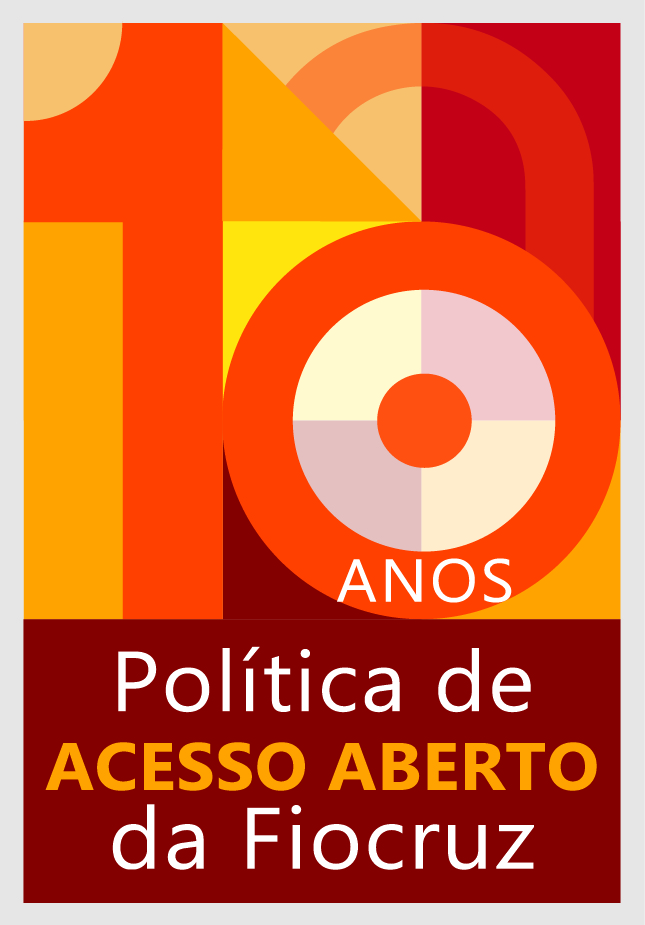Child mortality by avoidable causes in Bahia, 2000-2012
DOI:
https://doi.org/10.29397/reciis.v10i3.1044Keywords:
infant mortality, information system, causes of death, avoidable death, Unified Health System.Abstract
This article aims to analyze the causes of avoidable death in children under one and their rates from 2000 to 2012 in Bahia. It is based on an ecological time series study which takes account the deaths of children under one whose others resided in Bahia during that period. The avoidable deaths classification followed the Lista brasileira de causas de mortes evitáveis por intervenções do Sistema Único de Saúde (Brazilian list of avoidable deaths causes due to Unified Health System interventions). The data were extracted from health information systems (Mortality Information System, Live Births Information System). Despite reductions in both overall infant mortality rate and death rate by avoidable causes during the study period, there are still high rates of avoidable deaths in children under one in Bahia. The decrease in avoidable mortality rates by appropriated assistance to the newborn and the increase in avoidable mortality rates by appropriated women care during pregnancy draw attention. We can conclude that the approach of the avoidable deathcauses is a potent evaluator of how to improve the health services supplied to maternal and child health.
Downloads
Published
How to Cite
Issue
Section
License
Author’s rights: The author retains unrestricted rights over his work.
Rights to reuse: Reciis adopts the Creative Commons License, CC BY-NC non-commercial attribution according to the Policy on Open Access to Knowledge by Oswaldo Cruz Foundation. With this license, access, download, copy, print, share, reuse, and distribution of articles is allowed, provided that it is for non-commercial use and with source citation, granting proper authorship credits and reference to Reciis. In such cases, no permission is required from the authors or editors.
Rights of authors’s deposit / self-archiving: The authors are encouraged to deposit the published version, along with the link of their article in Reciis, in institutional repositories.












